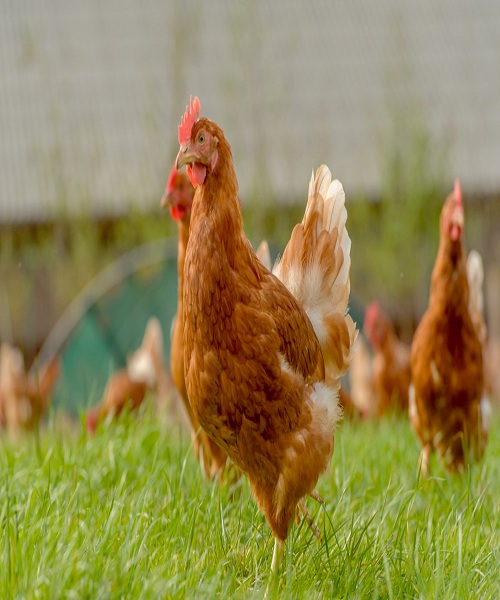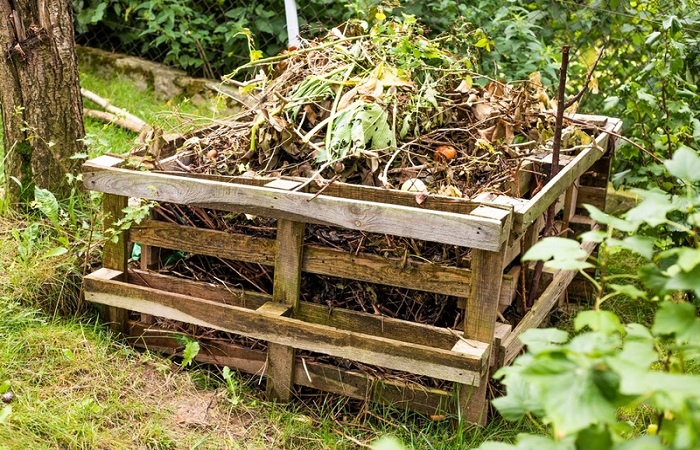Preparing a fantastic fall compost pile now is the best way to get your garden ready for action next year. And it couldn’t be easier, since there are so many great things to use during the fall.
This is especially true if you follow some simple guidelines when building your pile. A little bit of effort now will pay off next year when you have mountains of “black gold” to use in your flowerbeds, containers, and hanging baskets.
Tips for Making a Great Fall Compost Pile
Always remember to shred!
Shredding your materials before adding them to the compost pile is the single most effective way to increase the rate of decomposition. The time it takes for your pile to break down is proportional to the size of the pieces you put into it.
Leaves, garden debris, vegetables, pumpkins, and gourds should all be chopped or shredded before being added to the compost pile in the fall. Use your lawn mower if you don’t have access to a chipper or shredder.
Keep in mind that you should rotate the pile at least once per week. When you twirl, you’re adding fresh air to the mix. And when there’s oxygen in a pile, things get better. Let’s take a look at what can go into your fall compost pile now.
What to Add to Your Fall Compost?
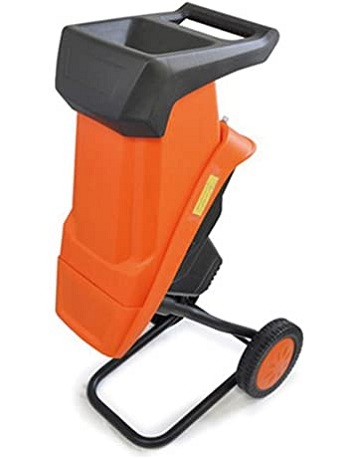
Garden Waste
Don’t forget to throw in the leaves, stems, and roots of the plants you pull as you tidy up the garden. Plants such as corn stalks, green bean leaves, pumpkin vines, and more work wonderfully.
Again, shred them before adding to the pile so it breaks down rapidly. Any infected leaves or plants should be left out.
Tomatoes are the only kind of plant we never put in the compost bin. They pose far too great a threat of spreading disease. They also put in too many stray seeds from tomatoes that are rotting or still green.

Soil for Hanging Baskets, Containers, and Pots Garden Waste
Don’t just toss out your old potted plants and hanging baskets, compost them!
Empty planters and baskets can be great materials for a fall compost pile. The potting soil around the plant decomposes alongside the plant’s leaves, stems, and roots, making a useful addition to the compost pile’s structure.
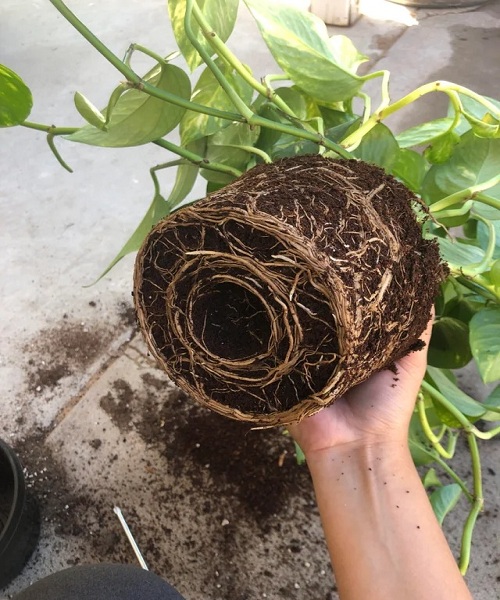
Leaves
The fall season brings an abundance of leaves, which are perfect for a compost pile.
That being said, some leaves are better for composting than others. Use the leaves of any type of wild cherry, ash, beech, maple, or fruit tree without fear.
However, oak leaves are more acidic than other types of leaves, so using too many of them in a compost pile can result in sour soil. To avoid producing compost with a high PH, use no more than 20% oak leaves in your pile.
Before adding leaves to a compost pile, they should always be shredded. A pile of whole leaves will not decompose quickly. Run your lawnmower over them a few times if you don’t have access to a shredder.
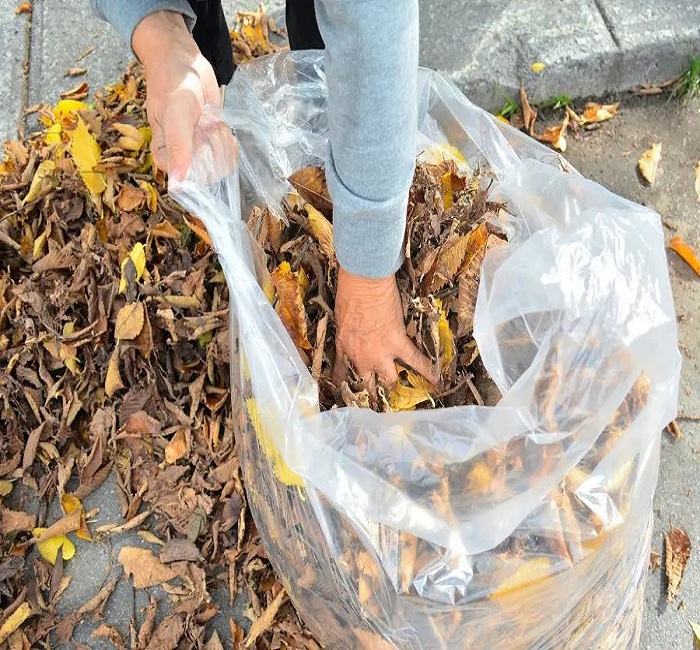
Grass Clippings
Fall grass clippings are an excellent addition to the fall compost pile. Most weeds in a lawn stop producing new seed heads by late fall.
And the nitrogen in the grass will help to heat up your compost pile, speeding up the decomposition of all the materials in there.
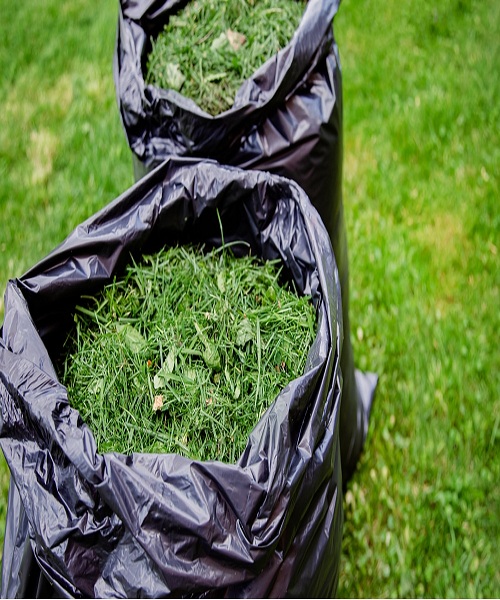
Fall Decorations
When autumn finally gives way to winter, there is an abundance of worn out fall decorations. But guess what? You can use them as a great addition to your autumn compost pile.
Gather any decaying materials you can find, from pumpkins and squash to bales of straw.

Manure
Manure from chickens, cows, or horses is not available to everyone, but it can greatly accelerate the decomposition process in a fall pile. It’s a great source of nitrogen and other nutrients for your compost pile, too.
Talk to any farmers or backyard gardeners in the area. They usually welcome the chance for you to come in and clean out a stall or coop and take whatever you want.
